Why Exactly Did the Vikings Flee Greenland?
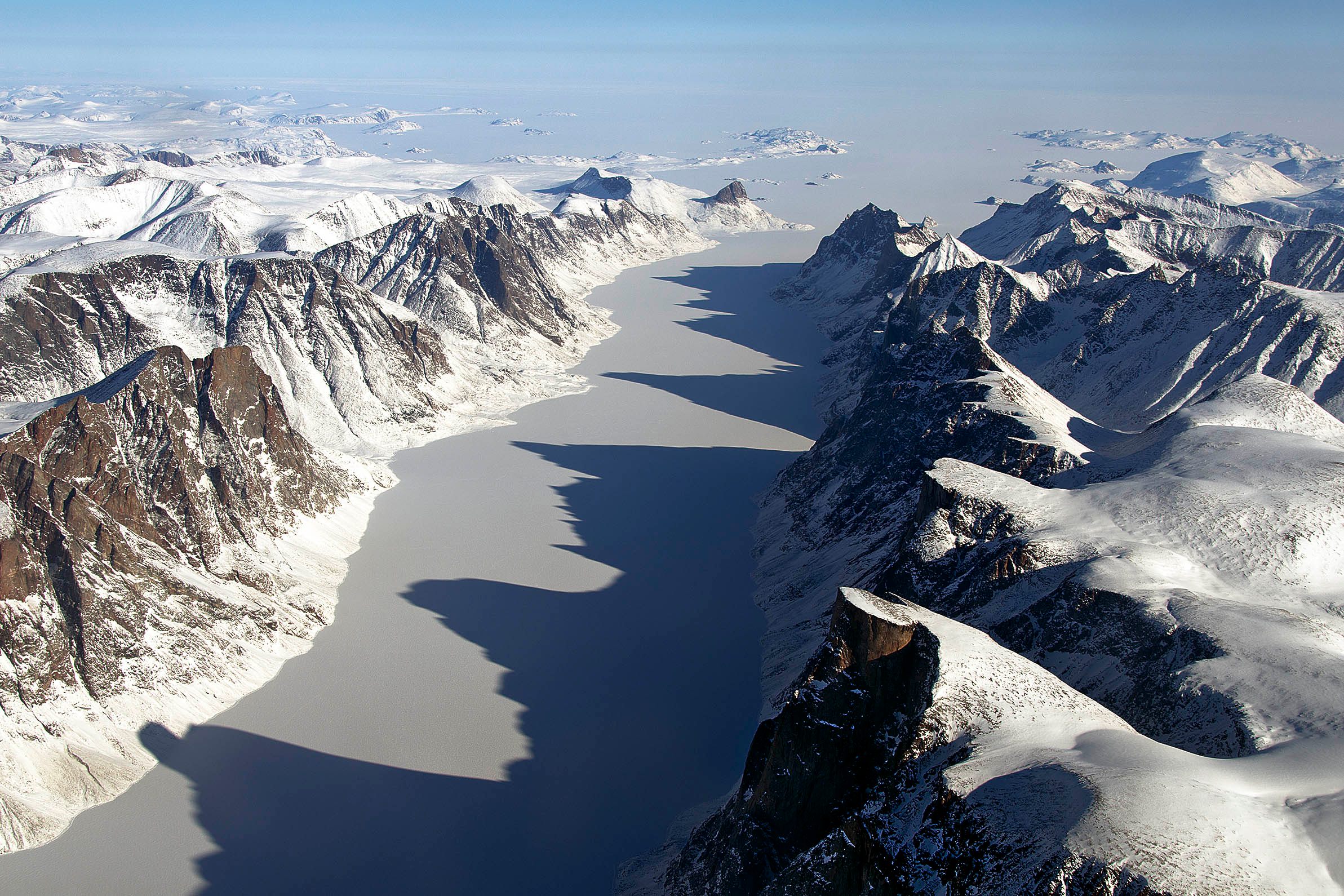
A majestic fjord on Canada’s Baffin Island, perhaps once home to equally majestic Vikings. (Photo: Public Domain/WikiCommons)
Sometime around the 10th century AD the Vikings traveled north to settle in Greenland. They lived there for around 500 years and then exited the region en masse. Why they left still remains a mystery, but a paper published today in Science Advances throws a wrench in one of the more popular explanations.
One Viking exodus hypothesis puts climate change front and center. The Vikings traveled to Greenland during a period known as the Medieval Warm Period, a chunk of time–between the 10th and 13th centuries–said to be the only known period when temperatures were comparable to the 20th century. Following those 500 years, the temperature dipped back down, in what is now referred to as the Little Ice Age.

Interestingly enough, the timing of the Vikings’ disappearance from Greenland correlates with this cold front. Did this period of extended warmth and then subsequent cooling cause the Vikings settle in Greenland and then depart?
New research suggests this is probably not the case. In fact, regions north of Europe may not have even experienced such a rise in temperature. The paper posits that perhaps Greenland’s temperatures did not rise during the supposed Warm Period. Looking at glacial deposits, this piece of research shows that the North Atlantic area probably remained cool while those south experienced a slightly warmer climate.

Hvalsey Church, dating back to an ancient, abandoned Norse settlement. (Photo: Number 57/via WikiCommons CC0)
The mystery surrounding the Warm Period has long been a topic of research for climate scientists and archeologists alike. Areas including Europe and Iceland have records proving that such a warm spell occurred. It has been hotly contested whether or not it happened globally.
“It’s established that Europe was warmer,” explains Nicolás Young, a Columbia glacial geologist who coauthored the paper. But, “oftentimes that concept gets applied as a blanket for the entire North Atlantic region.” Young and his team analyzed moraines—masses of debris collected at glaciers’ ends—to get a sense for just how far-reaching the supposed Warm Period was. Looking at the layouts of these heaps of rocks in Greenland, the team found evidence that the North Atlantic region probably remained cool during the Medieval Warm Period. This means that Viking movements to and from this region likely had little to do with weather.
The paper shines a light on the Eurocentrism in climate science. Since Europe experienced an extended warm front, some have extrapolated that to be a more widespread event. However, evidence is growing to indicate this was not true. “It certainly wasn’t a global phenomenon,” Young says.
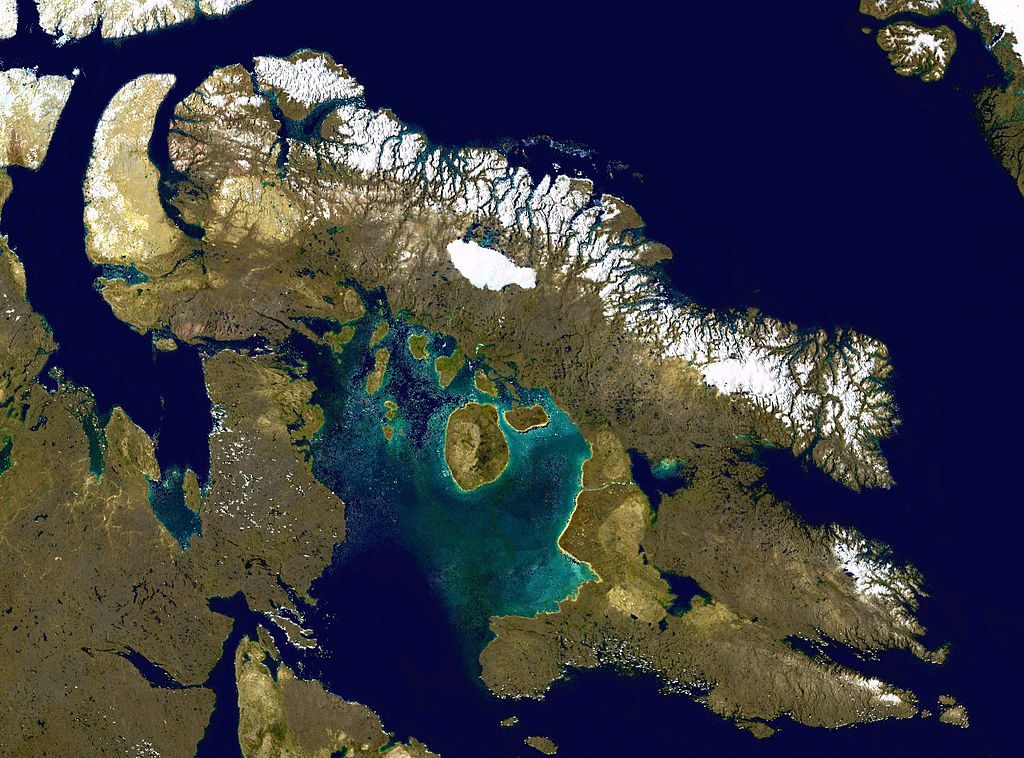
An aerial view of Baffin Island. (Photo: Public Domain/WikiCommons)
For years, climate scientists have focused on the Medieval Warm Period for parallels with climate change today. While it’s true that Europe and Iceland did see an increase in temperature, its global impact is now being questioned. For example, a 2012 study claims that increased temperature were likely not as drastic as today. And now we have Young and his team’s findings suggesting that the temperature didn’t even drop in some northern regions.
If weather change didn’t cause the Norse exodus, what did? A 2013 study looked into the makeup of Viking remains during their Greenland reign and found social and cultural factors at work. The Vikings settled in these northern regions and exported goods but declining demand for supplies like walrus tusks and sea pelt perhaps made life more difficult for the settlers, reported Der Spiegel. These Greenland-based Vikings also perhaps felt more isolated from their Icelandic roots as ship traffic from Iceland and Norway decreased in the 14th century. These causes likely led the settlers to start making their way back south, in an exodus the researchers at the time described as “an orderly manner.”
Whatever the reason for the Vikings’ exit, Young and his team’s research complicates the weather explanation. Neither surprisingly sunny days nor a mini Ice Age could move the Vikings.
Update: 12/8: An earlier version of this article contained a photo caption that mistakenly stated that Baffin Island was part of Greenland. The nearby island belongs to Canada. We regret the error.


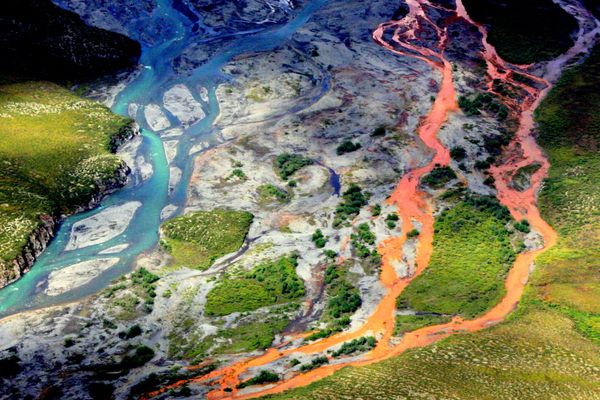
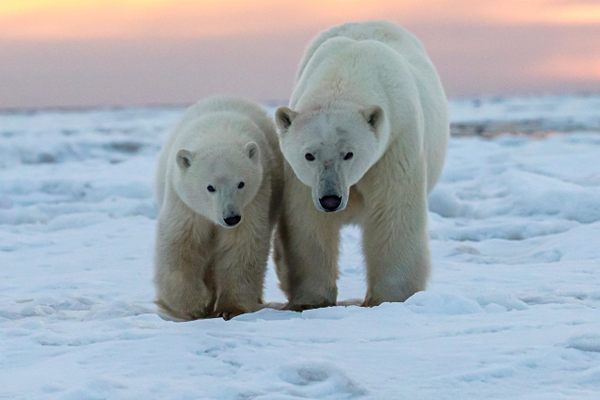

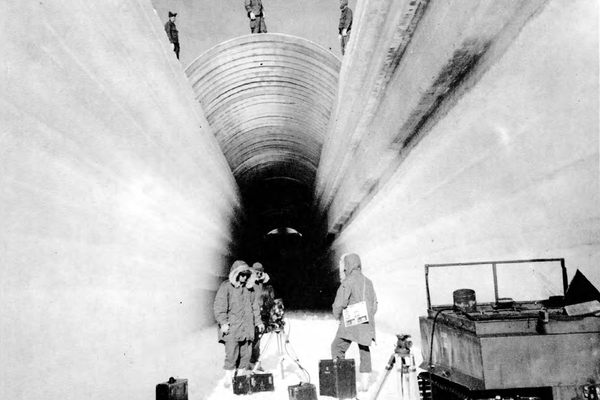


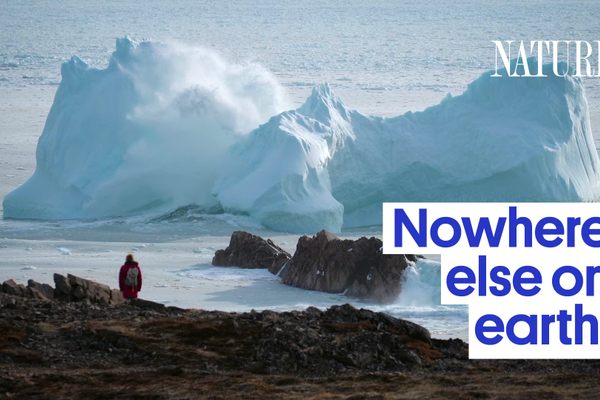









Follow us on Twitter to get the latest on the world's hidden wonders.
Like us on Facebook to get the latest on the world's hidden wonders.
Follow us on Twitter Like us on Facebook